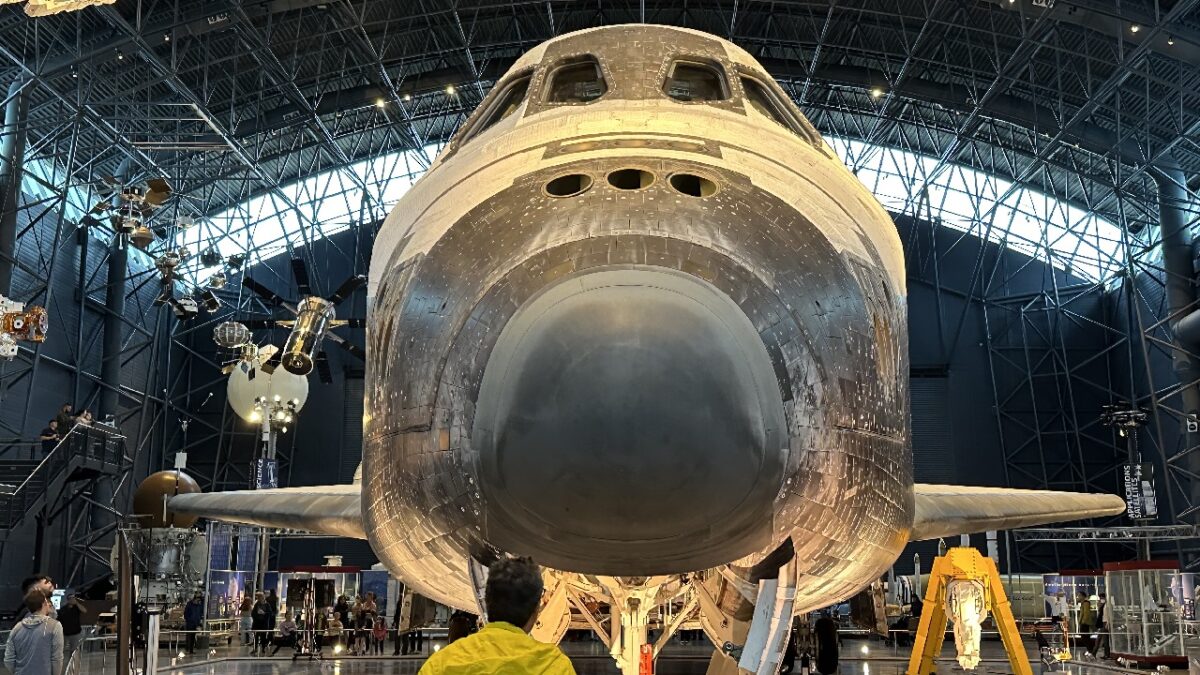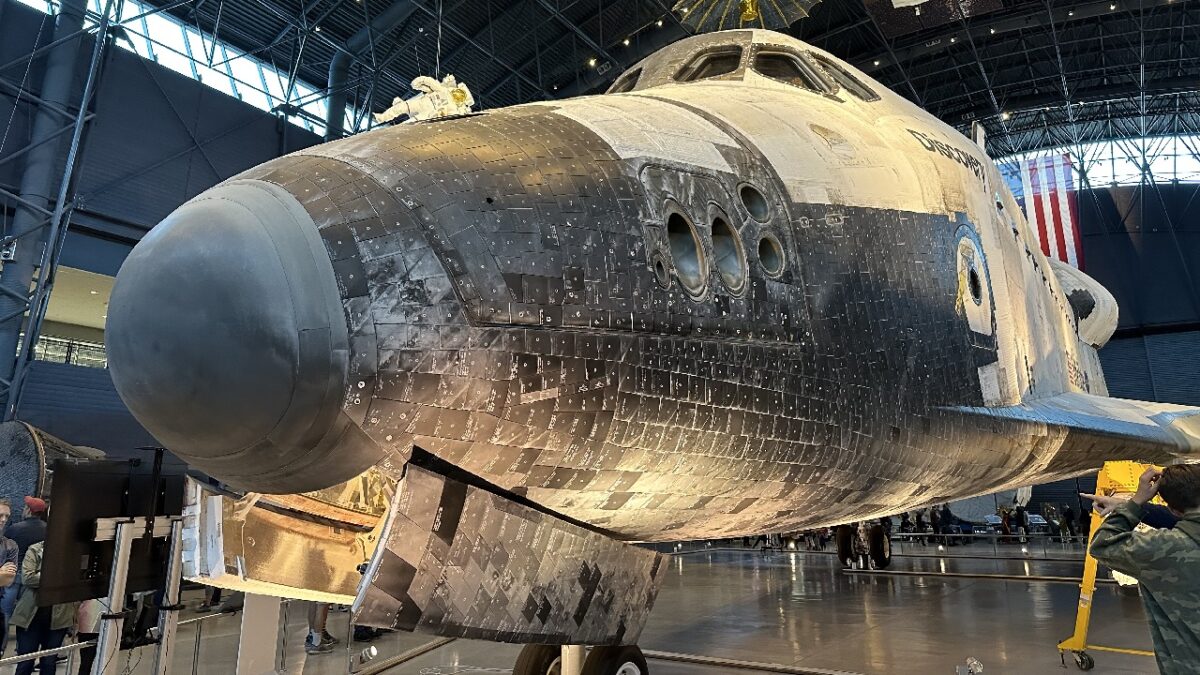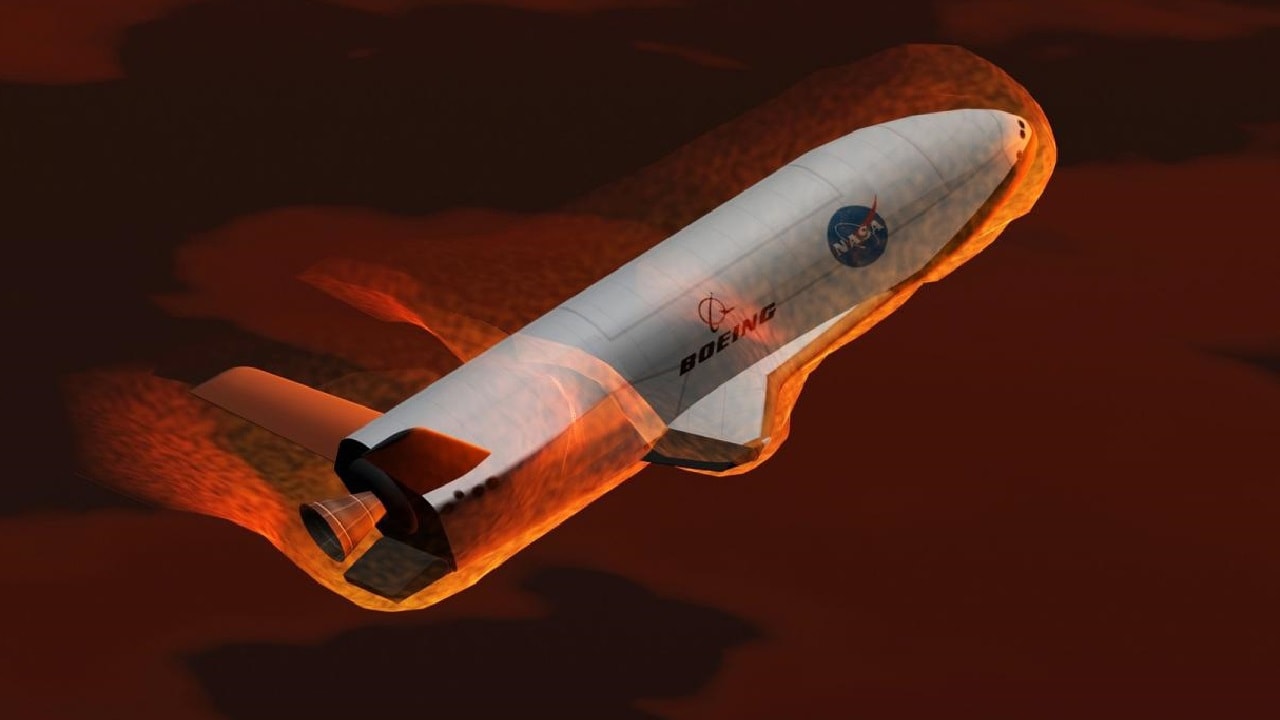The X-37B Has Finally Landed – Sixth Successful Mission Completed: On Saturday, some residents near the Kennedy Space Center (KSC), Florida, were reportedly woken by a sonic boom. It was from X-37B Orbital Test Vehicle-6 (OTV-6), the United States Space Force’s unmanned space plane, which finally returned to Earth after a record-setting flight that saw it spend more than 900 days in orbit.
X-37B Is Special
The robotic-controlled, Boeing-built X-37B touched down at KSC at 5:22 am EST. It had spent 908 days in orbit, more than four months longer than any previous X-37B flight. It surpasses the previous record, held by OTV-5, of 780 days on orbit.
The OTV-6 was also the first mission to introduce a service module – a ring component that was attached to the rear of the vehicle expanding the number of experiments that can be hosted during a mission. The module had separated from the OTV prior to de-orbiting ensuring a safe and successful landing.
“This mission highlights the Space Force’s focus on collaboration in space exploration and expanding low-cost access to space for our partners, within and outside of the Department of the Air Force,” said Chief of Space Operations Gen. B. Chance Saltzman.
With the successful completion of this sixth mission, the reusable spaceplane has now flown more than 1.3 billion miles, while it has spent a total of 3,774 days in space where it has conducted experiments for government and industry partners with the ability to return them to Earth for evaluation.
Mission a Go
OTV-6 began its mission in May 2020, when it was launched atop a United Launch Alliance Atlas V rocket from Cape Canaveral Space Force Station.
According to the United States Air Force, the OTV-6 mission hosted the Naval Research Laboratory’s Photovoltaic Radiofrequency Antenna Module. That experiment successfully harnessed solar rays outside of Earth’s atmosphere and aimed to transmit power to the ground in the form of radio frequency microwave energy. In addition, the U.S. Air Force Academy’s FalconSat-8, developed in partnership with Air Force Research Laboratory, was successfully deployed in October 2021.
The FalconSat-8 remains in orbit, where it will provide academy cadets with unique hands-on experience as space operators prior to entering active duty.
“The X-37B continues to push the boundaries of experimentation, enabled by an elite government and industry team behind the scenes,” explained Lt. Col. Joseph Fritschen, DAF Rapid Capabilities Office’s X-37B program director. “The ability to conduct on-orbit experiments and bring them home safely for in-depth analysis on the ground has proven valuable for the Department of the Air Force and scientific community. The addition of the service module on OTV-6 allowed us to host more experiments than ever before.”
The Successor to the Space Shuttle
The X-37B program was developed as part of a partnership between the U.S. Department of the Air Force Rapid Capabilities Office and the U.S. Space Force. Aerospace giant Boeing designed and manufactured the spaceplane and it continues to provide program management, engineering, test, and mission support from sites in Southern California, Florida, and Virginia.

NASA Space Shuttle Discovery. Image Credit: 19FortyFive.com taken on October 1, 2022.

NASA’s Space Shuttle Discovery. Image Taken by 19FortyFive.com on October 1, 2022.
In 2020, the X-37B received the Robert J. Collier Trophy for advancing the performance, efficiency, and safety of air and space vehicles.
The X-37B resembles NASA’s now-retired space shuttle. However, it is significantly smaller, measuring just 29 feet (8.8 meters) from nose to tail, while the space shuttle was 122 feet (37 m) long. The space shuttle was piloted, but the X-37B is autonomous.
The U.S. Space Force is believed to own two X-37B vehicles, both of which were produced by Boeing. To date, the pair craft has flown six orbital missions, each of which is known by the signifier OTV (“Orbital Test Vehicle”):
OTV-1: Launched on April 22, 2010 and landed on Dec. 3, 2010 (duration 224 days).
OTV-2: March 5, 2011 to June 16, 2012 (468 days).
OTV-3: Dec. 11, 2012 to Oct. 17, 2014 (674 days).
OTV-4: May 20, 2015 to May 7, 2015 (718 days).
OTV-5: Sept. 7, 2017 to Oct. 27, 2019 (780 days).
OTV-6: May 17, 2020 to Nov. 12, 2022 (908 days).
“Since the X-37B’s first launch in 2010, it has shattered records and provided our nation with an unrivaled capability to rapidly test and integrate new space technologies,” said Jim Chilton, senior vice president, Boeing Space and Launch. “With the service module added, this was the most we’ve ever carried to orbit on the X-37B and we’re proud to have been able to prove out this new and flexible capability for the government and its industry partners.
NASA’s original X-37 program began in 1999 and was transferred to DARPA in 2004. It is now under the domain of the United States Space Force’s Delta 9, which was established and activated on July 24, 2020. In August, China launched its own orbiter, but it will need to remain up there for a long time if it hopes to break the record set by OTV-6.
A Senior Editor for 19FortyFive, Peter Suciu is a Michigan-based writer. He has contributed to more than four dozen magazines, newspapers, and websites with over 3,000 published pieces over a twenty-year career in journalism. He regularly writes about military hardware, firearms history, cybersecurity, and international affairs. Peter is also a Contributing Writer for Forbes and Clearance Jobs. You can follow him on Twitter: @PeterSuciu.

